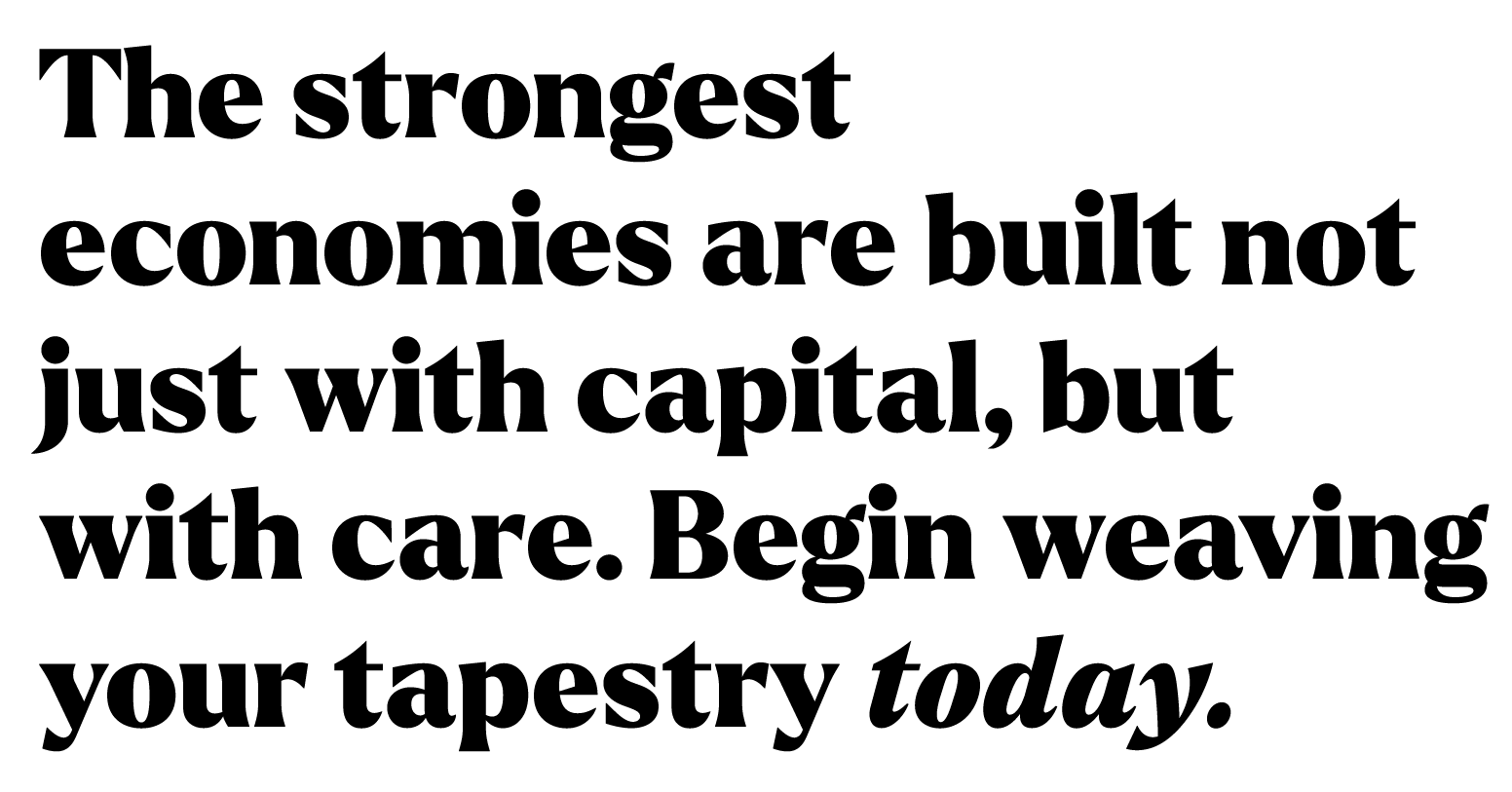
Across Indian Country, economic development has long been a pillar of Tribal sovereignty and prosperity. From gaming operations to renewable energy ventures, Tribal Nations have harnessed new enterprises not simply as revenue generators but as catalysts for stronger, healthier communities. These businesses have created jobs, improved services, and fostered opportunities for generations to come.
Yet one critical element is often overlooked in the pursuit of growth: Human Resources (HR).
While economic development defines the what—jobs, housing, and infrastructure—HR defines the who and the how. It attracts the people who will fill those jobs, develops their skills, nurtures their loyalty, and ensures that growth aligns with core community values. HR is not just an internal business function. It is a community-building strategy every bit as vital as economic development itself.

Tribal Nations continue to navigate well-documented challenges: talent shortages across sectors like healthcare, education, and construction; difficulties retaining skilled employees in rural or remote areas; housing shortages that make workforce relocation difficult; and a tendency toward siloed planning, where HR and economic development operate in parallel but rarely in concert.
Historically, economic development has tackled these problems by driving job creation, generating revenue to fund essential services, and spurring new housing and infrastructure projects. Many Tribal Nations have also cultivated educational partnerships to develop future workforce pipelines. Yet even the strongest business strategies can falter if they are not aligned with the needs, values, and aspirations of the people they serve.
That’s where HR comes in—not as a support function, but as a co-architect of community prosperity.

Too often, HR’s role is limited to hiring, compliance, and training. But in a broader context, HR has the power to shape how a community grows and thrives.
Recruitment becomes more than filling vacancies; it becomes community outreach, extending an invitation for individuals and families to not only work but to belong. Retention transcends standard perks and pay. It involves embedding cultural competency, family support, and Tribal values into the workplace, fostering a sense of purpose and belonging.
Workforce development, driven by HR strategy, addresses immediate skill gaps while laying the foundation for future economic diversification. Thoughtful benefits—like child care, wellness programs, and flexible scheduling—address the root causes of turnover and attract new residents to the community.
When HR and economic development work hand in hand, they weave what might be called the Community Tapestry: a living, evolving fabric where businesses and people grow in harmony.

This integrated approach requires intentionality. HR and economic development leaders should collaborate from the earliest stages of every major project. Business models and expansion plans should account for workforce availability, housing needs, and cultural fit—not as afterthoughts, but as foundational elements.
Recruitment marketing should double as community marketing, showcasing not just job opportunities but the broader lifestyle: housing, schools, cultural amenities, and the values that define Tribal identity.
Economic developers can further support this vision by prioritizing mixed-use projects that combine employment, housing, recreation, and cultural spaces. HR can provide critical insight into the amenities and support services that will attract and retain diverse workforce segments.
Retention must also become a shared priority. Career ladders, mentorship programs, family support initiatives, and cultural integration efforts all contribute to reducing turnover and strengthening community ties. Importantly, retention should be treated as a key performance indicator (KPI) not just for HR departments but for economic development teams as well.

No single thread can sustain a community. Economic development may provide the structural frame, but HR weaves the intricate pattern that aligns people, values, and opportunity.
For Tribal Nations, embracing HR as a community-building force is not just a novel idea—it’s a sovereignty-driven strategy. It ensures that growth is sustainable, human-centered, and culturally rich. By uniting economic development and HR, Tribal leaders can create not just thriving businesses, but thriving communities for generations to come.


Alicia J. Finley, SPHR, SHRM-SCP, THRP, TMP
Vice President
Alicia brings more than 25 years of experience in Human Resources and benefits, with a specialized focus on serving Tribal communities. She advises on compensation design, benefits evaluation, strategic planning, leadership development, policy implementation, and compliance. A nationally recognized speaker and certified Tribal HR professional, Alicia is deeply committed to helping Tribal Nations create effective, culturally informed HR systems.
Dustin Haverkamp, SPHR, THRP
Human Resources Operations Specialist
With over 16 years of HR experience in Tribal Government and Gaming, Dustin offers practical, hands-on expertise in employee relations, policy enforcement, compensation planning, and organizational development. He is a dual-certified HR professional with a passion for supporting Tribal HR teams from the ground up.
We’re currently offering a complimentary 30-minute consultation to Tribal leaders and HR professionals looking to strengthen their workforce strategies. If you’d like to speak with Alicia or Dustin about how we can support your community, we’d be honored to connect.
Contact us at info@bluestonestrategy.com or by phone at (949)-476-8828.